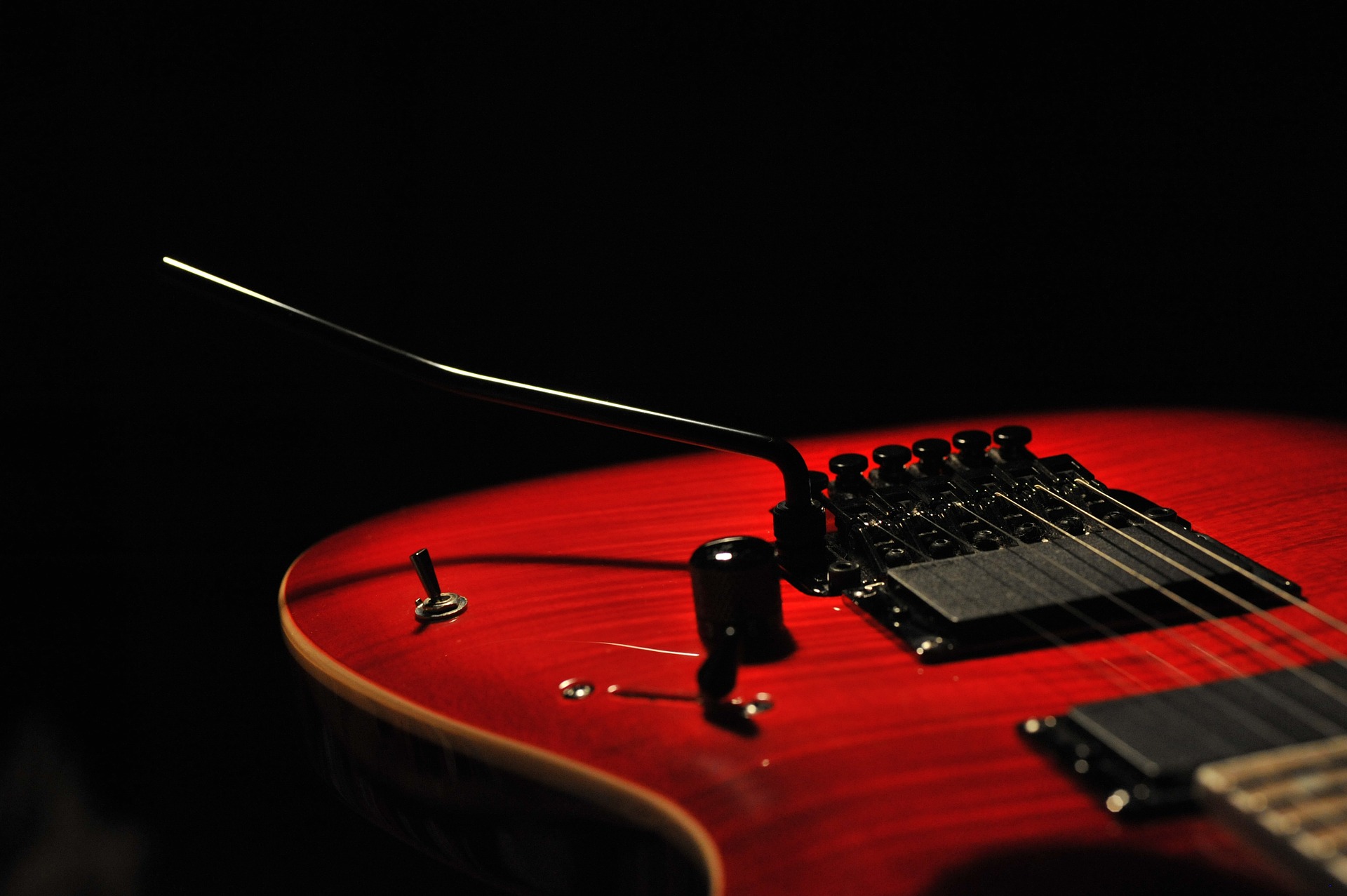I have a fascination for the number 5 and everything that’s associated with it. In guitar terms this translates to pentatonic scales, running right from those early days of discovering the intoxicating possibilities of the minor pentatonic scale right up to our latest book entitled, ‘Alternative Pentatonics‘.
Alternative Pentatonics started out as a method for me to improve my fusion chops, work on my outside playing, and break out of always going to the same scales and runs. I basically felt as though I wasn’t playing anything new and needed to challenge myself.
This is where pentatonic scales come in!
Five is (in my opinion) the perfect number of notes to improvise and create melodically interesting phrases because five notes are somewhere inbetween an arpeggio and a scale, which helps you avoid aimlessly running up and down patterns; it forces you to phrase things out like you did when started ripping off blues licks using the minor pentatonic scale.
Blowing over an entire progression using just the minor pentatonic scale can sound trite after a while, so what I wanted to do was take the essence of the chord I was playing over and create a pentatonic scale that I could use to play over that chord. The essence of most chords in music, and certainly those that you’ll come across in fusion, is the 3rd and 7th intervals; whether their major or minor, or a combination of these.
For example, most minor chords have a b3 and and a b7. This means that you can build a pentatonic scale with the b3 and the b7 plus the root and two other intervals. There are plenty of possible combinations and believe me, I went through them all to find the most usable ones, the most interesting sounds, and the ones that made my fingers do things they wouldn’t have thought to do before.
Check out the pentatonic scale below in G, it contains the intervals 1, b2, b3, b5, b7.

The scale contains a b3 and a b7 so it’ll work over many different minor chords. In the book, I’ll give you four key patterns for every pentatonic scale that allow you to navigate the fretboard using octaves rather than trying to tack random patterns together.
This scale creates an interesting sound over a minor chord because it probably wouldn’t occur to you, and definitely not to me, to play phrases using those five intervals; and this is what this book is about. You don’t actually have to learn any of the scales in this book as just the process of experimenting with them and coming up with new licks, runs and phrases will do wonders for your playing on a subconscious level. Next time you go to improvise, you’re fingers will want to break out of those old ruts and express the new sounds you’ve been practicing.
Alternative Pentatonics are actually new scales in the sense that there are 330 possible pentatonic scales, but we only ever use two or three of them! Not all of them are useful of course, but in Alternative Pentatonics, we’ve handpicked 28 of these that we think are well-worth learning, most of which I even made up names for!
While this is an advanced concept, intermediate players will get a lot out of this book as well in terms playing outside of the box, experimenting with new sounds, and getting an insight into playing over chord changes. For advanced players, this book offers the means the expand your soloing vocabulary and enhance your own sound.
Alternative Pentatonics is available on Kindle, Google Play, PDF, and iBooks.



